BeforeCount Felix Schaffgoscharrived in Ketchum and created “America’s First Destination Ski Resort,” the area had already experienced the boom and bust of a profitable mining settlement, the rise of sheep ranching, and the quiet days of the Great Depression.
That western heritage lives on in Ketchum and Sun Valley, and can still be experienced if you know where to look. From a colorful history to a vivacious present, you won’t regret seeking this area’s western roots.
History
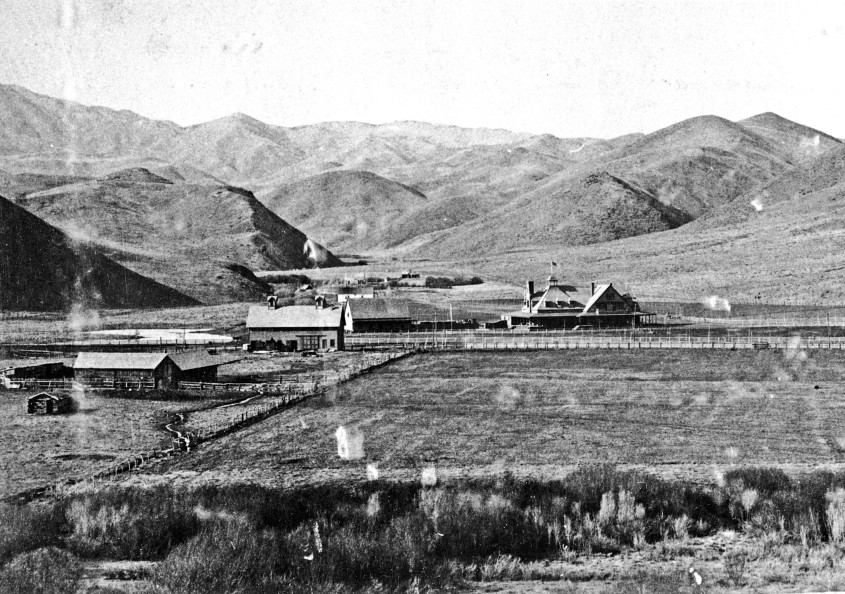
photo: the Community Library
The Wood River Valley was settled in the 1860’s by a handful of mining prospectors, and by 1880 when the town of Ketchum (originally called “Leadville”) was formed, the area was on its way to being one of the richest silver mining regions in the Pacific Northwest. Mule- and horse-drawn wagons transported ore between the mines and Union Pacific depots until the rail line extended into Ketchum. Wagons continued to service the remote mines, picking up ore and delivering supplies.
With the decline of the price of silver in the 1890’s, the mining boom was over. Residents either sought their fortunes elsewhere or turned to ranching. Sheep ranching grew from the 1890’s to the 1920’s, when Ketchum became the largest sheep and lamb shipping station in the United States. Though the town changed with the creation of Sun Valley Resort, the past lived on in buildings, ranches, and colorful stories.
Ketchum’s fortunes rose and fell like many mountain towns, yet through it all has retained its authentically western roots. From festivals like Wagon Days and Trailing of the Sheep to the craft of documenting the western lifestyle through photographers like David Stoecklein, the story of the area is not being forgotten. While it is rare (though definitely possible) to see a horse and rider making their way down Main Street in Ketchum today, you can still experience the Western heritage of this one-time mining town.
Eat & Stay
Start your foray into history with dinner at thePioneer Saloon. The Pioneer Saloon opened originally as a gambling hall in the 1940’s and went through a few iterations (including a dry goods store, bar, and antiques store) before becoming a restaurant in the mid-1960’s. Owned by the Witmer family since 1986, the Pioneer Saloon works to honor its historic roots with unique artifacts and great stories. Favorite dishes at the Pioneer Saloon include the enormous servings of steak and Idaho potatoes, but lighter fare such as chicken and fish can also be found.
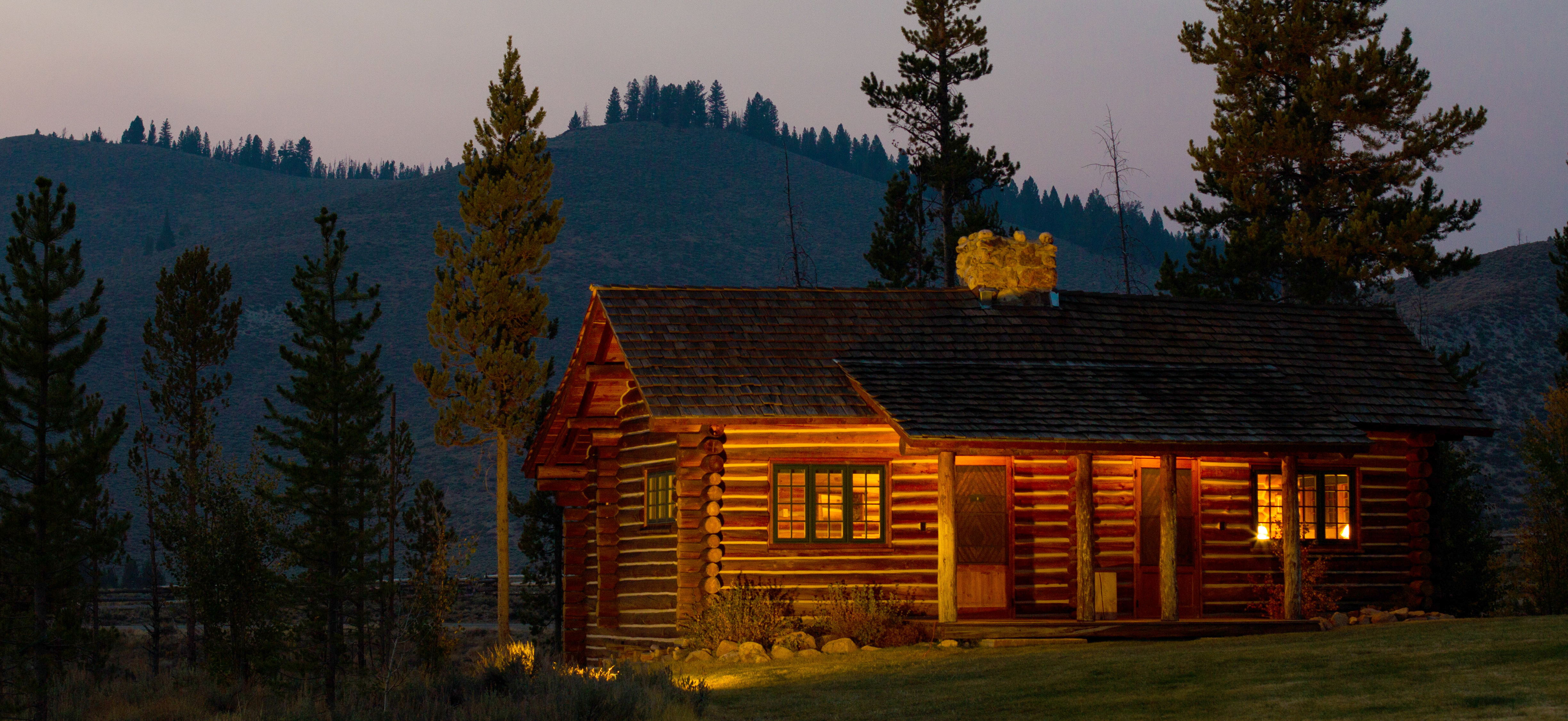
photo: Idaho Rocky Mountain Ranch
Ranching is still a way of life in the areas around Ketchum and Sun Valley, and a few ranches offer guest accommodations in the summer. For a taste of luxury, make a reservation atIdaho Rocky Mountain Ranch, located in the Sawtooth Valley an hour from Ketchum. Idaho Rocky Mountain Ranch began as a private club in 1930, after construction by 60 men during the Great Depression, and was then converted to a private cattle ranch. In 1977 Idaho Rocky Mountain Ranch re-opened as a guest ranch and continues to be today. Guests can expect personalized service, exceptional food, quiet enjoyment, and stunning scenery.
Experience
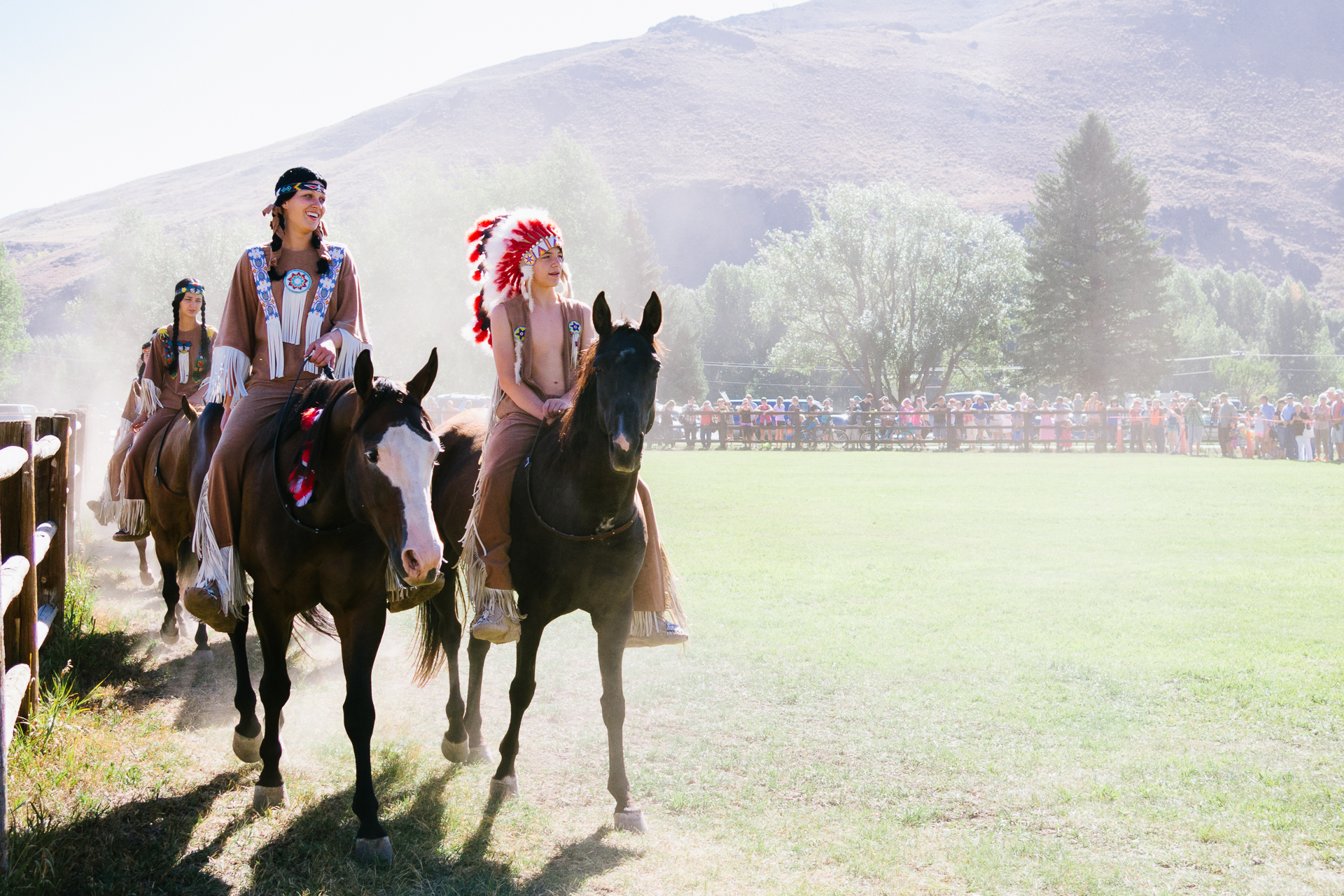
Ketchum was built on the work of hard-working men, women, horses, and mules. The history of those early pioneers and the animals and wagons that helped to fuel the dreams of mining and ranching is celebrated every Labor Day weekend during Wagon Days. Established in 1958,Wagon Daysfeatures the largest non-motorized parade in the Pacific Northwest, with the highlight being a mule-drawn “jerk line” pulling preserved ore wagons down Main Street.
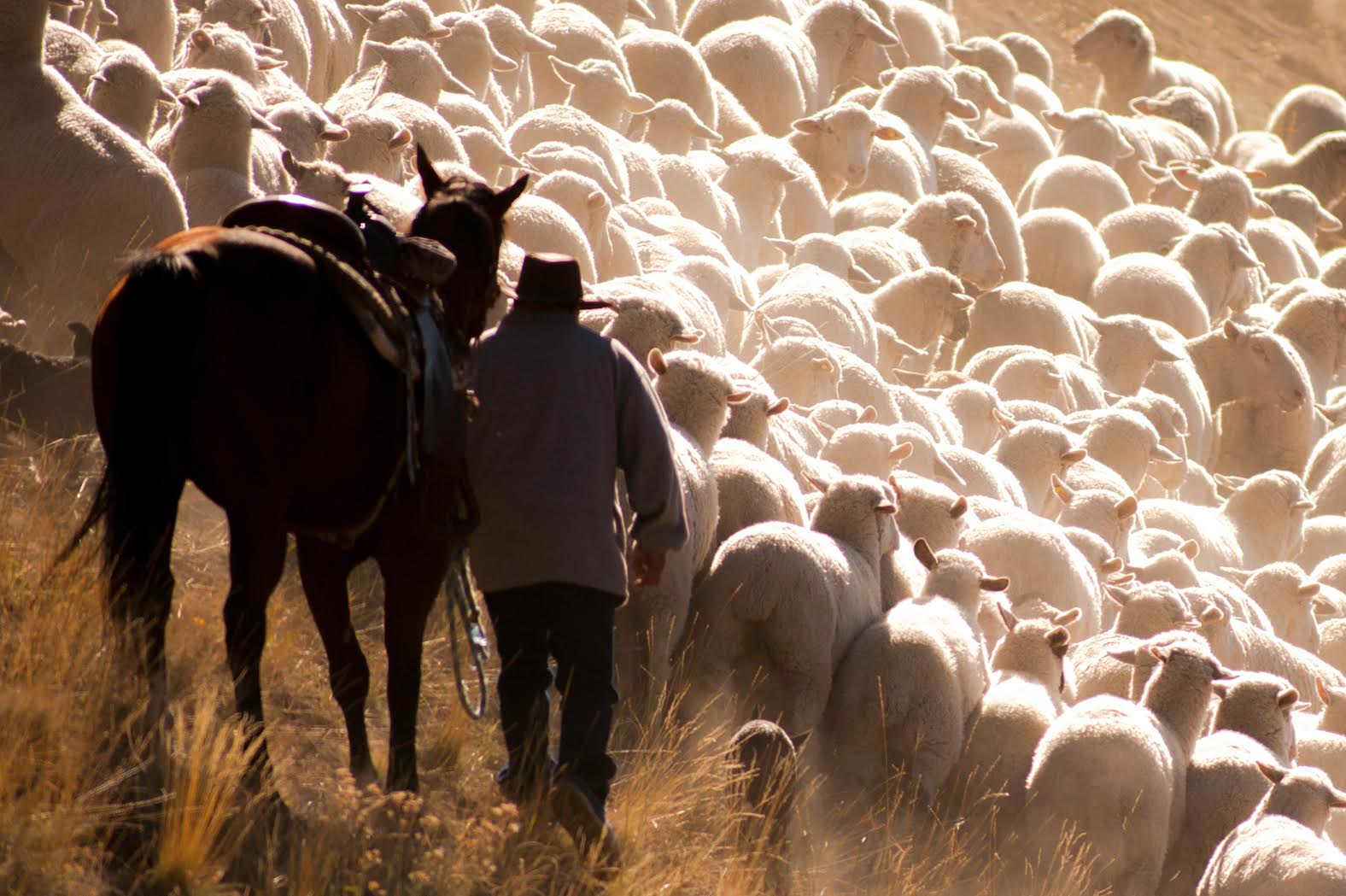
Another celebration of the early ranching days of Ketchum and Sun Valley happens in October atTrailing of the Sheep. Sheep have been a mainstay of the area since John Hailey brought the first sheep to the Valley in the late 1860’s. The rich cultural history of the ranchers and herders who built a sheep industry that was once second to only Sydney, Australia, is showcased in a 5-day celebration that includes dinners, films, sheepdog trials, a folklife festival, and a parade that includes an entire band of sheep running down Main Street in Ketchum.
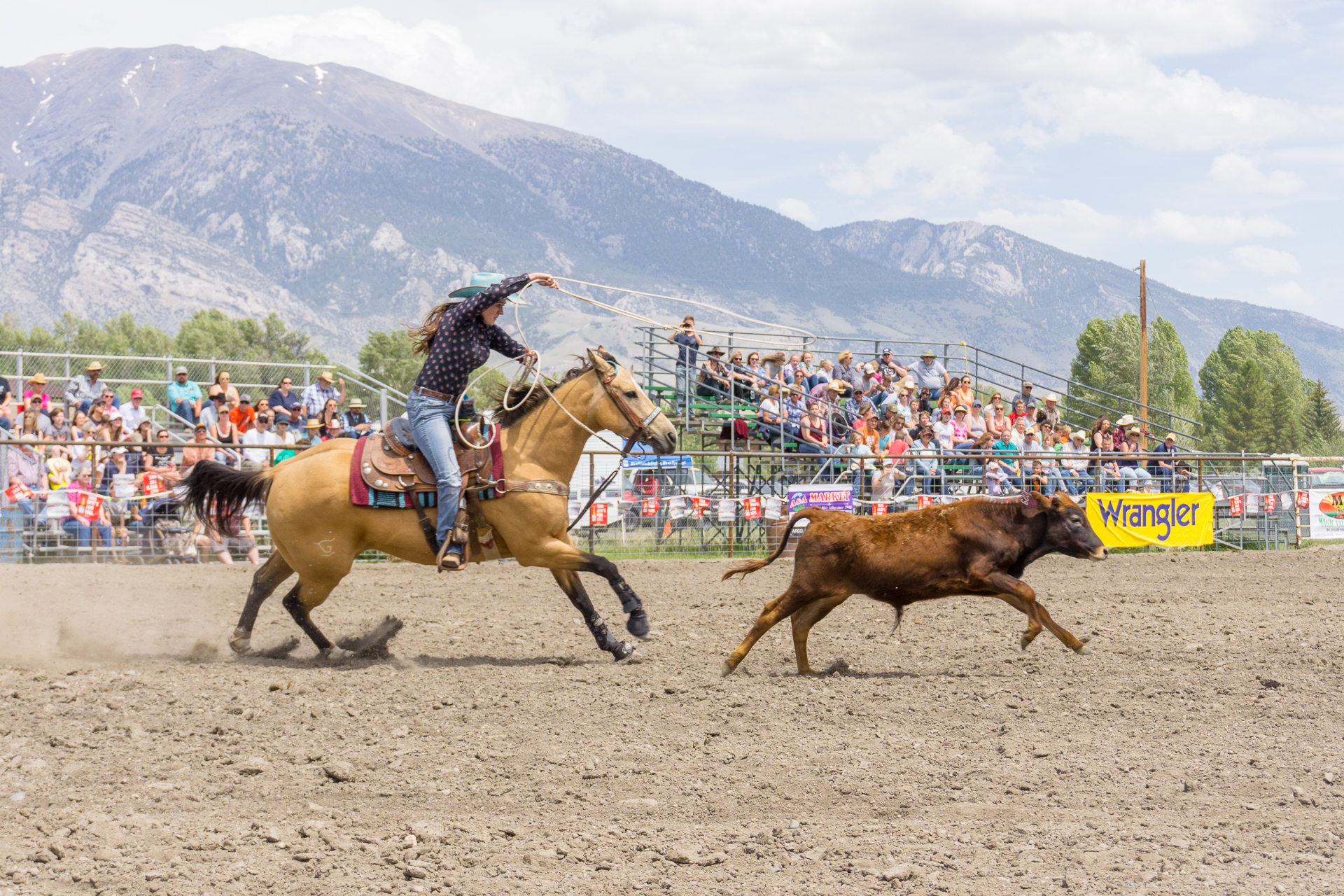
Other experiences include attending a rodeo (we recommend the rodeo at the Hailey Days of the Old West 4th of July Celebration, as well as the Mackay Rodeo), and taking a horseback ride with one of themany outfitters in the Valley.
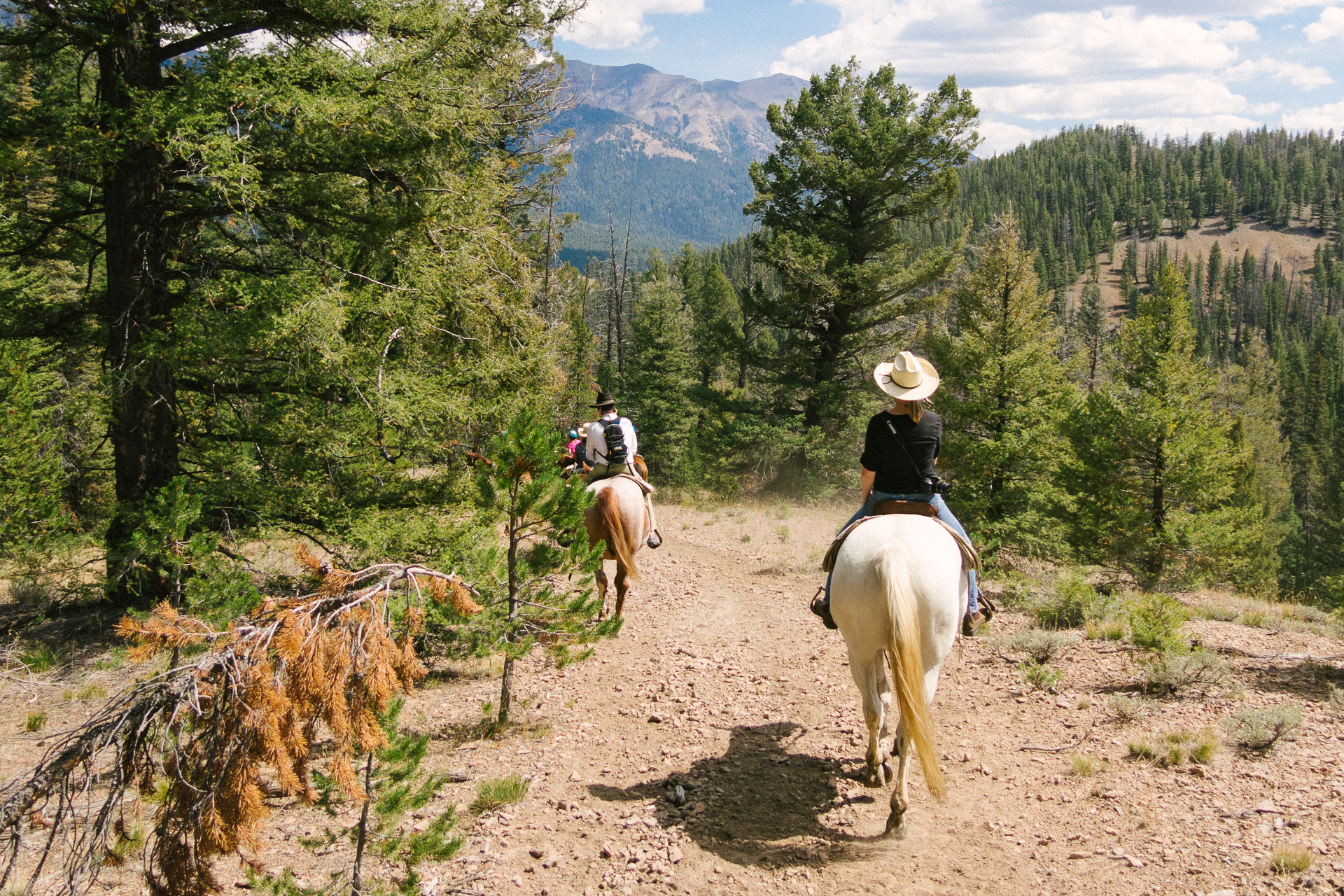
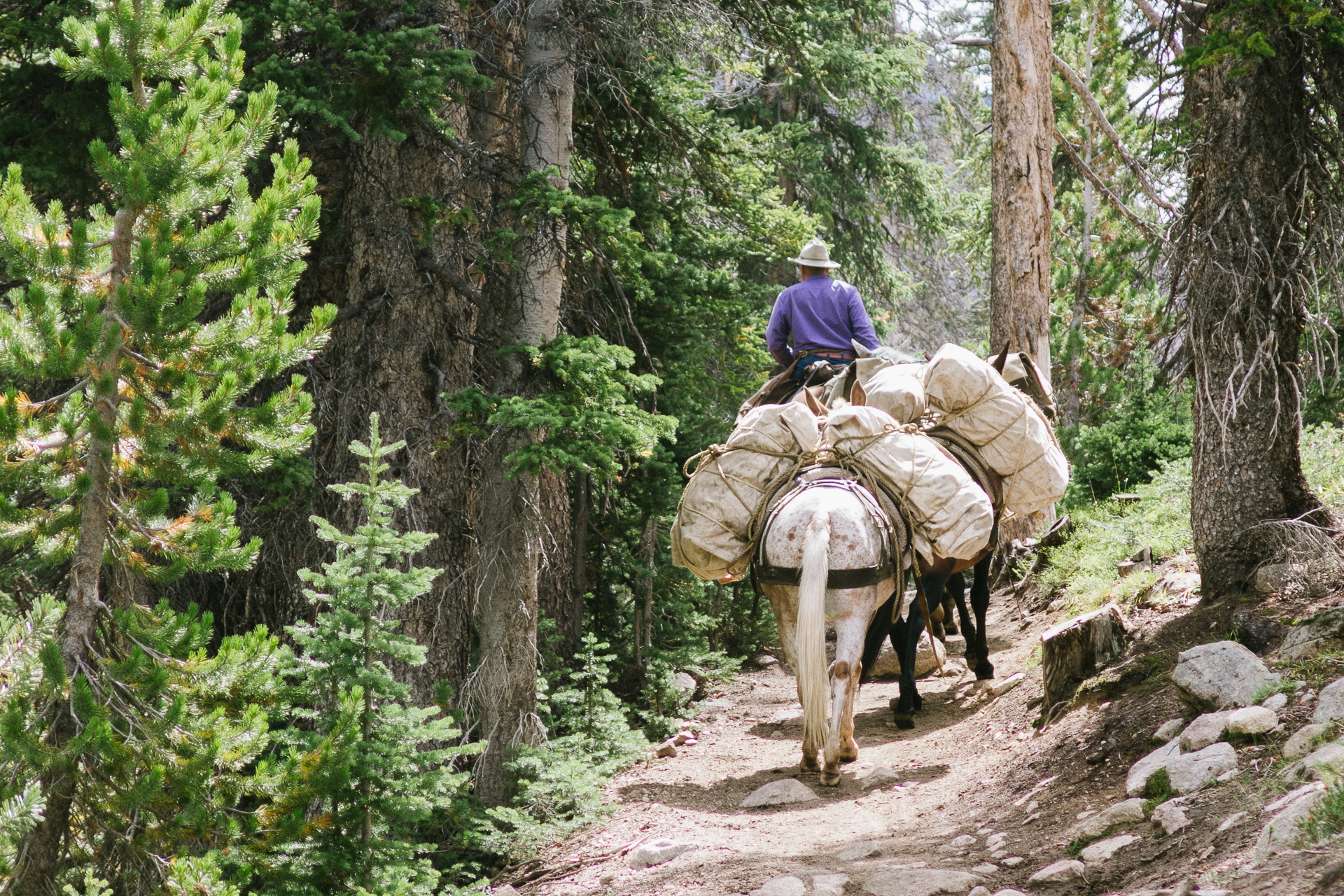
Shop
Wool shirts, canvas vests, wide-brimmed hats, and leather boots may be synonymous with cowboy-style today, but each piece of clothing was originally chosen carefully to keep the wearer warm, comfortable, and safe. While not everyone needs functional cowboy garb, many like to connect to that history with a piece of similarly styled clothing.
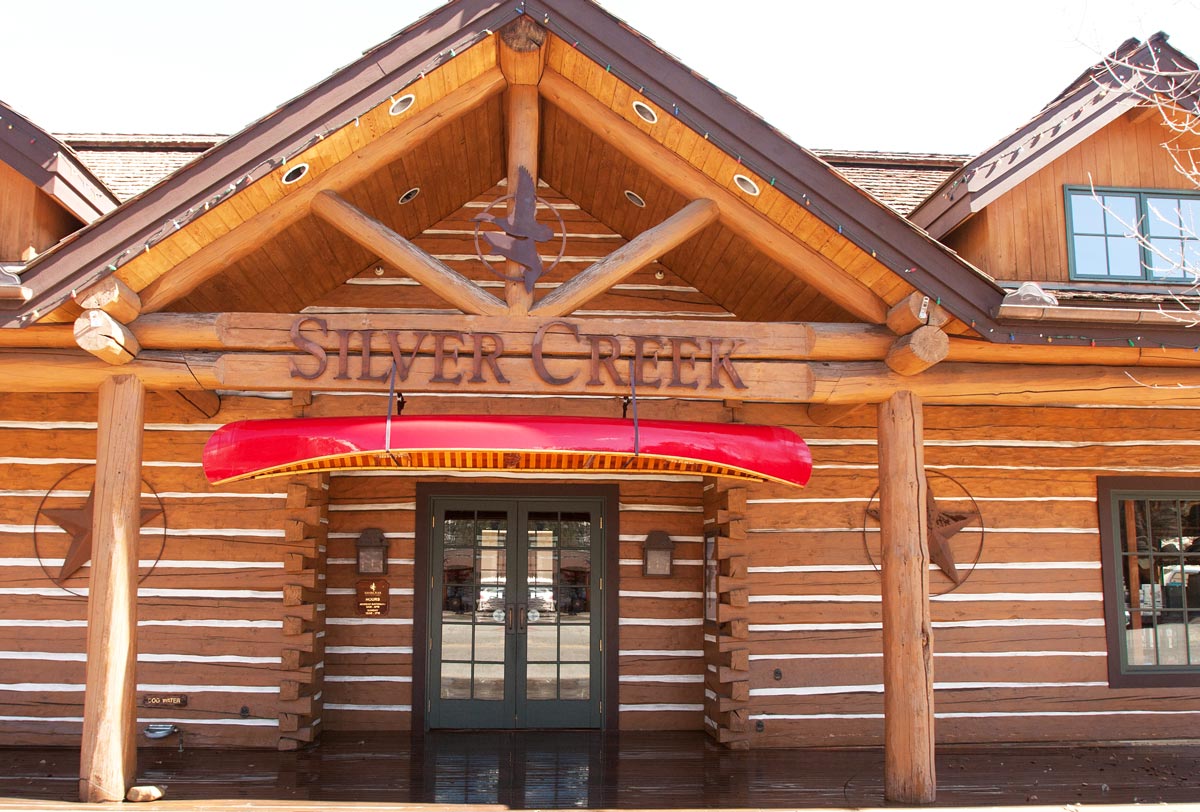
photo: Silver Creek Outfitters
Stop bySilver Creek Outfittersfor a felt Stetson hat and a pair of leather Lucchese boots If you’re in the market for something one-of-a-kind, contact localcustom bootmaker Morgan Buckertfor a pair of boots crafted to your specifications.
Head over toMaude’s Coffee & Clothesfor your fix of pristine vintage western finds. This is the place for the authentic, USA Made retro look. It’s also worth a stop in to the Gold Mine thrift store just down the block. Their inventory is constantly changing and you might have to do a little digging but there can be some real gems found here.
Ketchum and Sun Valley’s western heritage lives deep in the heart of these mountain towns. Whether you’re looking for a weekend on horseback or a week of quiet relaxation, we welcome you in with the hospitality of times gone by.